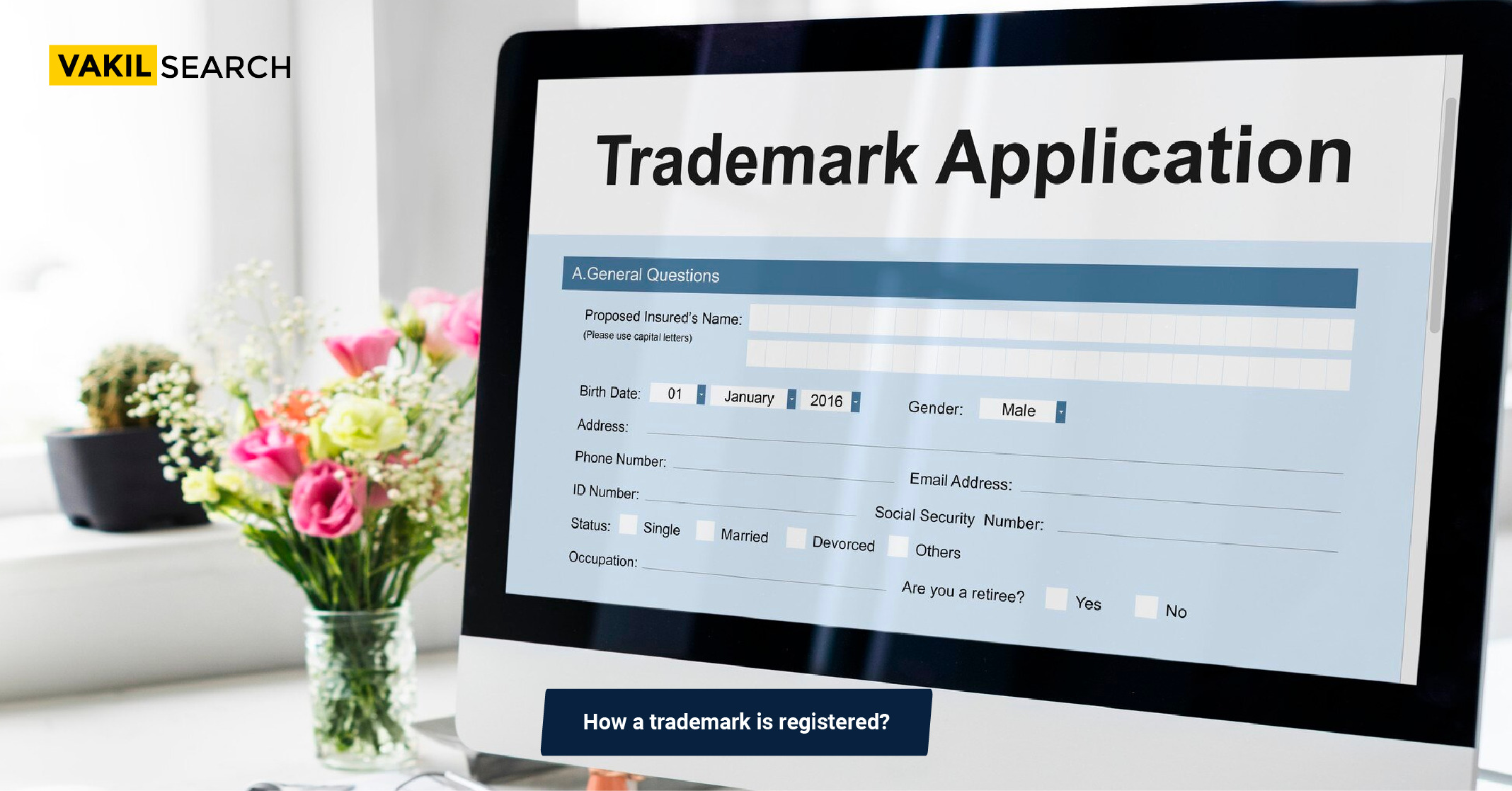Protecting your brand or product by trademark registration is a key aspect. Unlock the process of trademark registration, safeguard your brand, and gain exclusive rights to your unique assets. Explore our comprehensive blog now.
Introduction on Trademark
Trademarks are vital elements in the world of intellectual property. Simply put, a trademark can be a word, logo, design, or even a mix of these that visually sets a company or individual’s products or services apart from others. Think of it as a unique identity or brand marker. For instance, when we see the name of any dental care product like Colgate or Sensodyne, we instantly think of dental care products. Even if there are multiple brands in the dental care segment, just by spotting the respective label, customers can immediately identify its quality and origin. This distinctiveness is the real strength of a trademark. It not only promotes its associated products but also ensures that consumers can distinguish it from competitor brands. Through trademarks, businesses can build a brand reputation and ensure their products stand out in the market. Here you can learn about how a Trademark is registered detailly.
Step-by-Step Process to Register a Trademark
- Trademark Search:
Before getting into the registration, it’s crucial to conduct an exhaustive trademark search. This ensures your desired trademark is unique and not already in use. The Trademark Registry has a record of all existing trademarks, which can help identify potential conflicts and gauge any risks associated with using your chosen mark.
- Filing the Application:
After confirming the uniqueness of your trademark, you can file an application using Form TM-A. This can be done online via IP India’s official website or directly at the Trademark Registry Office. Remember, the application should be for one mark in its respective class of goods or services. Attach all necessary documents, including details about the trademark. If claiming prior use of the trademark, include an affidavit indicating its usage along with evidence.
- Examination Process:
The Registrar will then meticulously review your application. If there are objections, an examination report will be sent to the applicant, who will have 30 days to respond. The applicant’s response should address all concerns and provide reasons for proceeding with the registration.
- Post Examination Procedures:
If the examiner isn’t convinced by the applicant’s reply, a hearing may be scheduled. Depending on the hearing’s outcome, the trademark might either proceed to publication or get rejected.
- Trademark Application Publication:
Once the examiner gives the nod, your trademark will be advertised in the Trademark Journal for four months. This is to allow any third parties to raise opposition if they believe your trademark infringes on theirs. The Journal gets updated weekly with new trademark applications.
- Addressing Opposition:
If someone opposes your trademark within the four-month window, they must file a notice using Form TM-O. The opposing party might feel their existing trademark is too similar to yours or that your application might dilute their brand’s value. Should there be an opposition, the registration process will be halted, and you’ll need to navigate some legal procedures, which could include submitting evidence, counter-statements, or even attending hearings.
- Final Registration:
If no opposition arises (or if an opposition is resolved in your favour), you’ll receive a certificate of registration. This document proves your trademark is officially registered and needs to be renewed every decade to stay valid.
Essential Documents for Online Trademark Registration
Incorporation Certificate:
Needed if the trademark is being registered by a company or LLP.
Partnership Deed:
Required if the trademark is for a partnership firm.
PAN Card:
Belonging to the person authorised to sign on behalf of the entity.
Aadhaar Card:
Also of the individual authorised for signing.
Form TM-48:
This legal form authorises your lawyer to register your trademark at the trademark registry for you. Our team can help prepare this document for your sign-off.
Logo Submission:
Ensure you don’t submit the logo in monochrome to include all its colours in the trademark registration.
Check your trademark’s availability with Vakilsearch now!
Conclusion:
Understanding the complexities of a trademark search is pivotal for safeguarding your brand’s identity. This blog provides you with a foundational understanding of the process, coupled with essential resources to assist you. To know more about the brand name availability, use our resources at Vakilsearch. Talk to our experts at Vakilsearch.
Remember, while outsourcing can offer a significant leg-up in the process, Vakilsearch stands out by ensuring your brand not only gets noticed but also resonates with customers. However, the magic truly happens when you combine our expertise with your unique brand perspective.
Not certain about the next steps? Rest assured, Vakilsearch has your back every step of the way.
FAQs on How a Register a Trademark
What can't be a trademark?
Trademarks that aren't unique, are too descriptive or could cause confusion aren't allowed. The Trademarks Act, 1999 (Sections 9 & 11) lists the main reasons a trademark might be rejected.
How do I trademark my company name in India?
First, check if similar trademarks already exist. You can search for these at ipindiaonline.gov.in. If there's no match, you can apply for your trademark either online or at a Trademark Office.
What's a trademark?
A trademark, often known as a brand name, is a symbol, word, or combination of elements that represents a product or service, making it distinct from others.
Who can get a trademark and the process?
Anyone believing they own a unique trademark can apply. The application should detail the trademark, its use, and other essential information. Applications can be made in English or Hindi and submitted online, in person, or by mail.
What trademarks can be registered in India?
Names, invented words, symbols, colours, signatures, or any mix of these can be considered for trademark registration in India.










